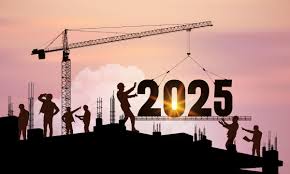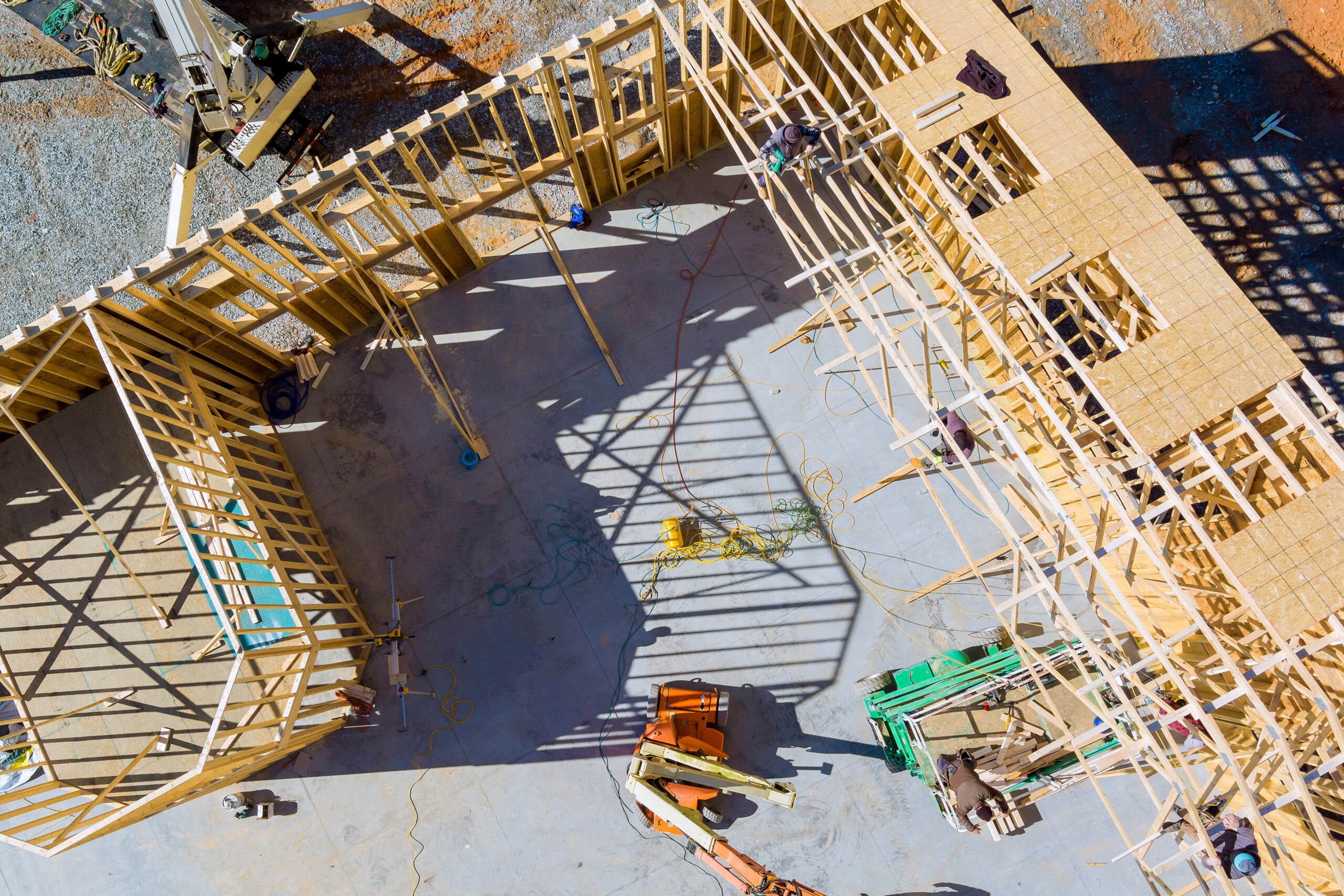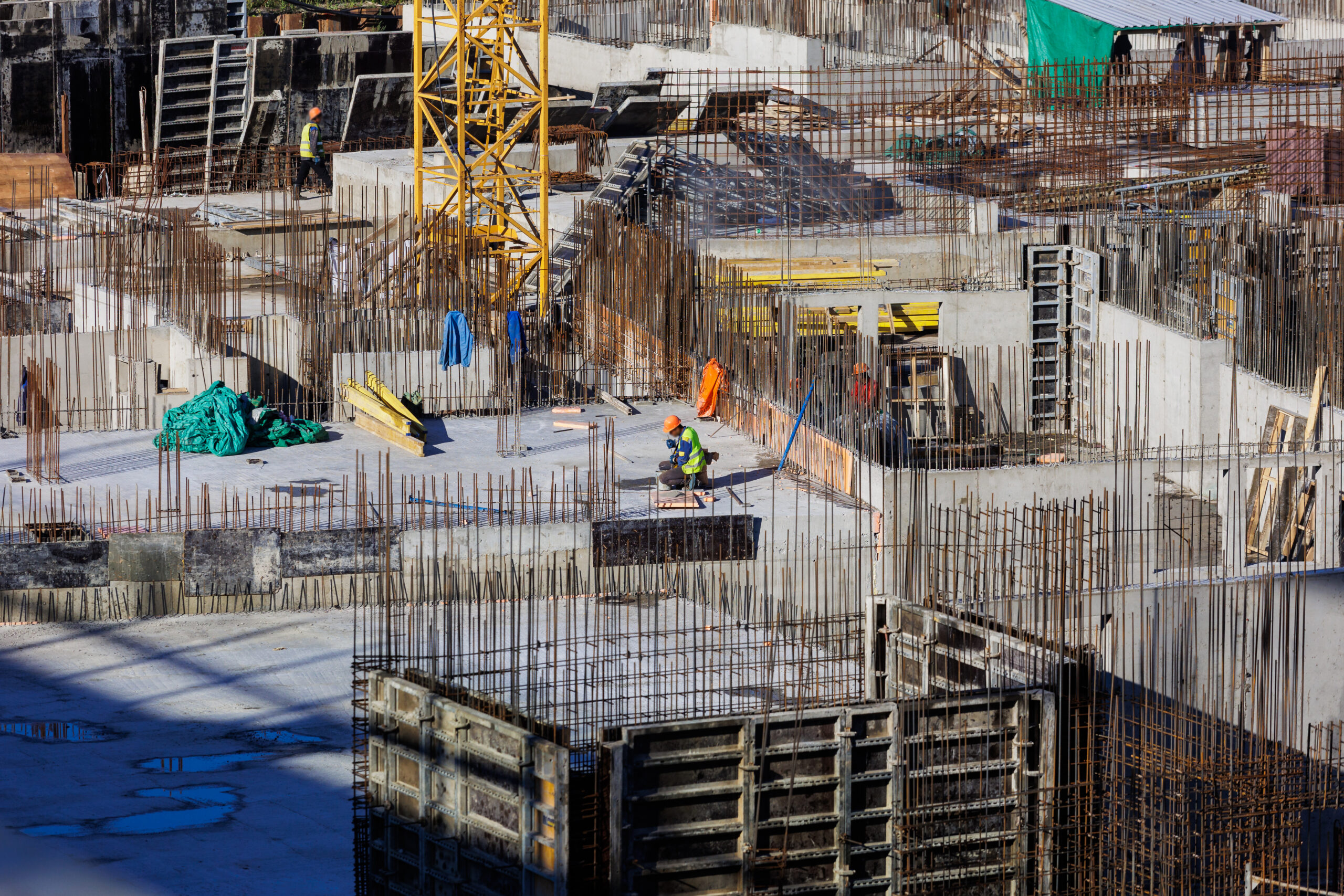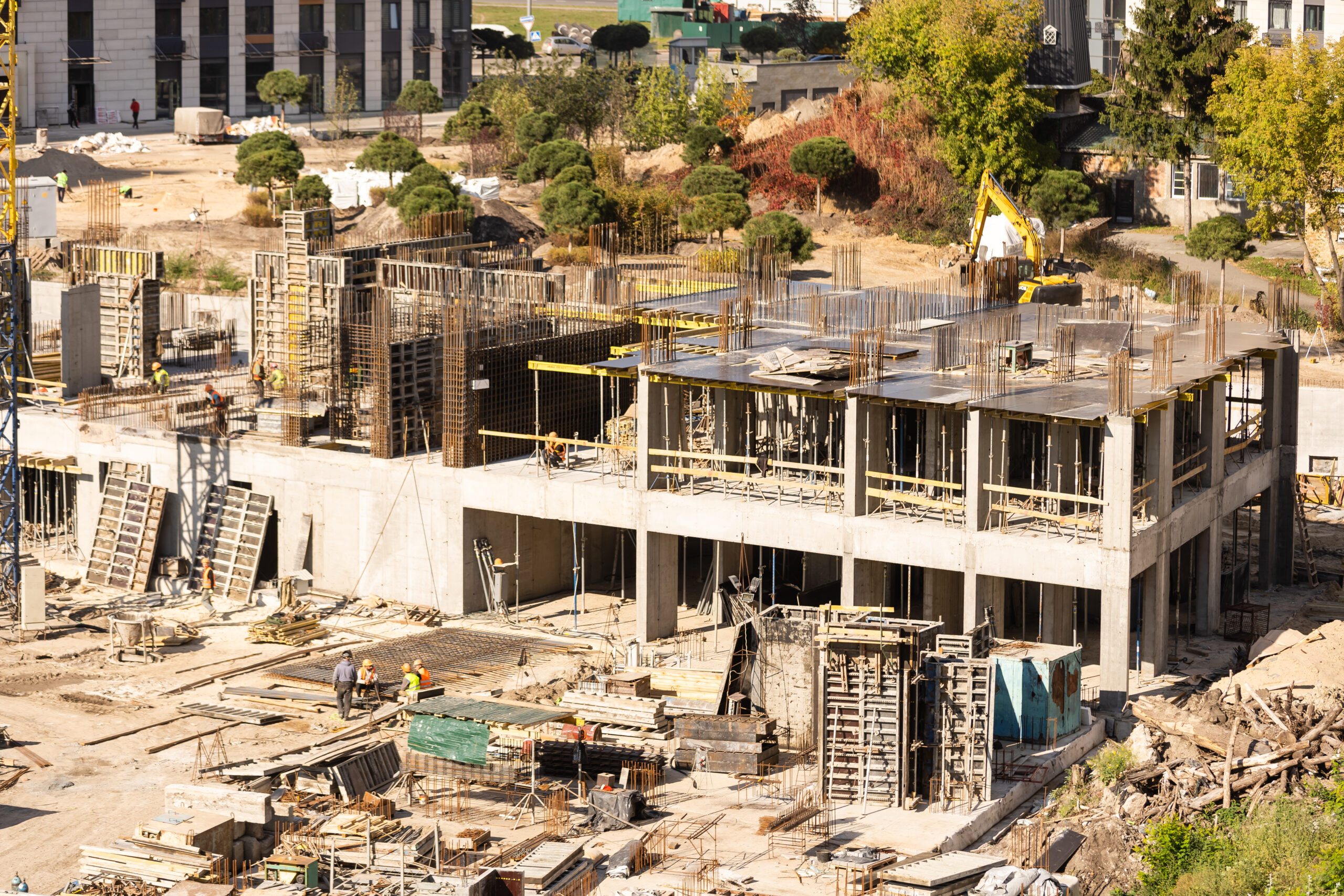Adapting to Change: The Future of the Construction Industry

The construction industry in 2025 will need to adapt to a rapidly changing landscape shaped by new regulatory, fiscal, and trade policies. While the full effects of these changes may take time to materialize, near-term decisions on labor laws, infrastructure spending, and supply chain regulations could have an immediate impact on project timelines and costs. Developers and owners must anticipate these shifts and proactively prepare for potential delays and disruptions.
In addition to policy changes, economic conditions will play a significant role in shaping construction activity. Lower interest rates, moderating inflation, and steady economic growth provide a positive outlook for the industry. However, external factors such as natural disasters and trade policy fluctuations could drive up material costs, particularly for sustainable building materials that are in high demand. The increasing focus on green construction and sustainability initiatives is prompting companies to seek eco-friendly alternatives, but these materials often come at a premium, requiring careful budgeting and procurement strategies.
As the industry continues its transition toward AI-driven automation, construction firms must embrace technological advancements to enhance efficiency and risk management. The integration of AI, data analytics, and automation in project planning and execution can optimize resource allocation, streamline workflows, and reduce operational costs. Building Information Modeling (BIM) is becoming an industry standard, allowing stakeholders to visualize projects in real-time, minimize design errors, and improve collaboration between teams.
Prefabrication and modular construction methods are also expected to gain more traction in 2025. These innovative approaches reduce waste, shorten project timelines, and lower costs while maintaining high construction quality. As labor shortages persist in certain regions, prefabrication offers an effective solution by shifting much of the construction process to controlled factory environments, reducing reliance on on-site labor and minimizing the risks of project delays.
The evolving market dynamics also highlight the importance of resilience and flexibility. By analyzing insights gained from recent economic challenges, construction professionals can develop adaptive strategies to mitigate risks and ensure project continuity. A key factor in navigating this complex environment is the formation of multi-disciplinary project teams that can provide comprehensive expertise in areas such as finance, engineering, and regulatory compliance. Collaboration with public and private sector entities is also crucial in shaping policies that foster industry growth while ensuring adherence to safety and sustainability standards.
Moreover, workforce development will remain a critical aspect of industry growth. As older professionals retire, the need for a new generation of skilled laborers, engineers, and project managers will become more pressing. Investment in training programs, apprenticeships, and partnerships with educational institutions will be essential in closing the skills gap and preparing workers for the future of construction.
Another key trend in 2025 will be the push for smart cities and infrastructure modernization. Governments worldwide are investing in intelligent urban planning solutions that incorporate advanced sensor technologies, energy-efficient designs, and sustainable building practices. These projects aim to improve urban mobility, reduce environmental impact, and enhance the overall quality of life for residents. Construction firms that align themselves with these initiatives will benefit from new business opportunities and long-term growth prospects.
Conclusion
The construction sector in 2025 is poised for growth but must navigate a landscape filled with uncertainties. A proactive approach that includes strategic planning, investment in technology, and assembling skilled project teams will be critical for success. By leveraging innovative solutions and staying ahead of policy changes, the industry can ensure sustainable and efficient project delivery, driving long-term progress and stability. Additionally, fostering workforce development and embracing smart city initiatives will position construction firms for continued success in an increasingly complex and competitive environment. The companies that proactively adapt to these emerging trends will not only survive but thrive in the evolving construction landscape of 2025 and beyond.





